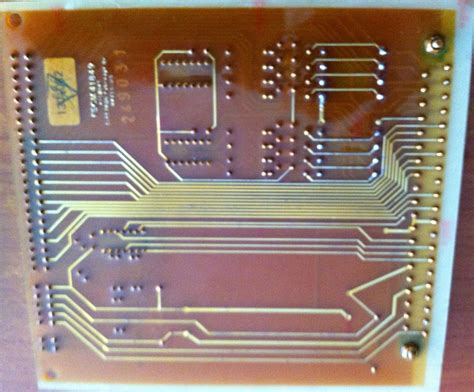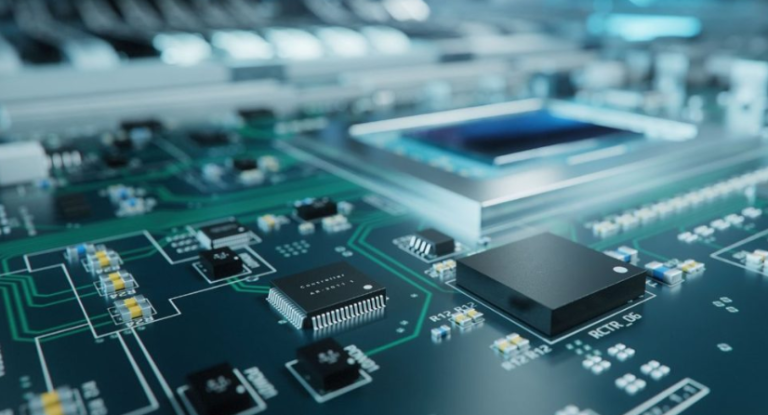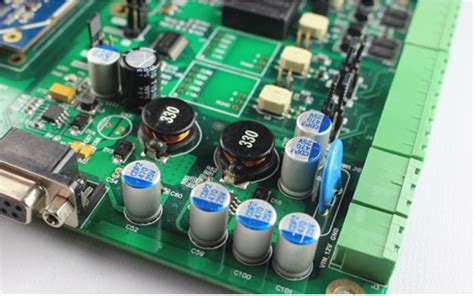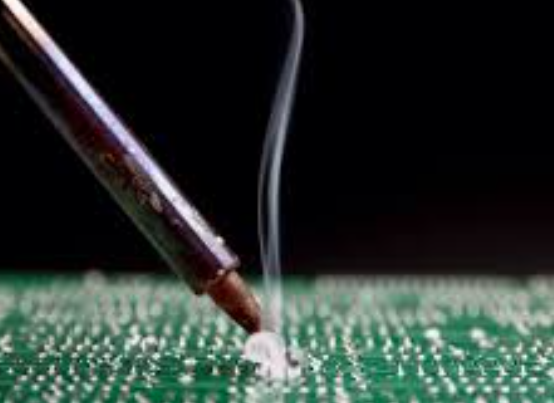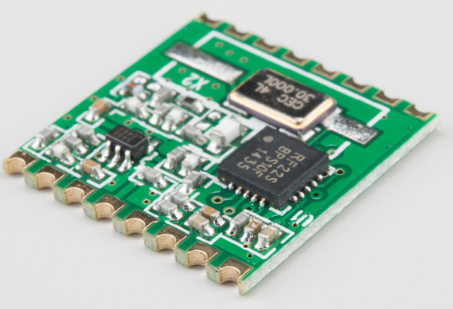Circuit Card Assembly Design: Balancing Cost and Performance

Key Takeaways
Effective PCB assembly requires strategic balancing of technical requirements and financial limitations. Engineers must prioritize PCBA layout efficiency by minimizing trace lengths and optimizing component placement, which reduces material waste and accelerates production cycles. Thermal management considerations, such as selecting appropriate substrate materials and copper weights, directly impact both durability and manufacturing costs.
Collaborating with experienced suppliers like RP Electronics ensures access to cost-optimized fabrication methods, such as automated solder paste application or panelization techniques. Additionally, leveraging standardized component libraries instead of custom parts can lower PCB assembly expenses without compromising functionality. Design-for-manufacturability (DFM) principles further streamline workflows by preemptively addressing potential production bottlenecks.
For budget-conscious projects, value engineering plays a pivotal role—replacing high-end components with performance-equivalent alternatives often achieves similar outcomes at reduced costs. Rigorous testing protocols, including in-circuit and functional checks, maintain reliability even when operating under tight financial constraints. By integrating these strategies, teams can deliver PCBA solutions that meet both technical specifications and economic targets.

Cost-Effective Circuit Board Layout Strategies
Optimizing PCB assembly design begins with strategic component placement. Grouping high-speed components closer to power sources reduces trace lengths, minimizing signal loss and material waste. Prioritize design for manufacturability (DFM) principles—such as avoiding acute angles in traces—to prevent fabrication errors that inflate PCBA costs. For example, using a 45-degree component orientation instead of 90-degree angles simplifies soldering and reduces rework during mass production.
Tip: Collaborate early with your PCB assembly partner to identify layout adjustments that align with their equipment capabilities, avoiding costly redesigns later.
Layer stack-up optimization also plays a critical role. Reducing the number of layers while maintaining signal integrity—such as opting for a 4-layer board instead of 6—can lower material expenses by up to 30%. However, ensure ground planes remain uninterrupted to prevent electromagnetic interference (EMI), which could compromise performance. Integrating standardized component footprints (e.g., 0402 resistors) streamlines PCBA processes, as these parts are widely available and cost-efficient.
Thermal management strategies, like placing heat-generating components near board edges, improve airflow and reduce the need for additional cooling hardware. For deeper insights into evolving techniques, explore industry trends in PCB assembly. By balancing these layout choices, designers achieve reliable PCB assembly outcomes without exceeding budget constraints.
Material Selection for Optimal PCB Performance
Effective PCB assembly begins with strategic material choices that align technical requirements with budgetary realities. Engineers must weigh thermal management needs, signal integrity demands, and environmental factors against cost considerations when selecting substrates and conductive materials. Common options include standard FR-4 laminates for cost-sensitive applications, high-frequency Rogers materials for RF designs, and metal-core boards for power electronics requiring superior heat dissipation.
| Material Type | Thermal Conductivity (W/mK) | Dielectric Constant (at 1 GHz) | Relative Cost |
|---|---|---|---|
| FR-4 Laminate | 0.3 | 4.5 | Low |
| High-Frequency Laminate | 0.6 | 3.2 | High |
| Metal-Core Substrate | 2.0+ | N/A | Moderate-High |
The dielectric properties of substrates significantly influence signal loss in high-speed PCBA, making material selection critical for maintaining impedance control. While advanced materials enhance performance, their costs can escalate rapidly—a 40% price premium for specialized laminates compared to FR-4 is typical. For budget-constrained projects, hybrid approaches using selective material upgrades in critical circuit sections often achieve optimal balance. This decision directly impacts manufacturability, as exotic materials may require specialized PCB assembly processes that affect lead times and tooling expenses.

Balancing Budget and Quality in Electronics Assembly
Achieving cost efficiency in PCB assembly without compromising quality requires strategic planning at every stage. Engineers must prioritize design-for-manufacturing (DFM) principles to minimize waste and rework, ensuring PCBA processes align with both technical requirements and financial limits. For instance, selecting standardized component packages reduces procurement complexity and lowers expenses, while maintaining compatibility with automated placement systems.
Material choices play a pivotal role—opting for mid-tier laminates instead of premium substrates can yield significant savings, provided they meet thermal and electrical performance thresholds. Partnering with certified manufacturers ensures access to advanced PCB assembly techniques like surface-mount technology (SMT), which streamlines production and reduces manual labor costs. Additionally, modular design approaches allow for incremental upgrades, deferring higher-cost features until later iterations without sacrificing core functionality.
Balancing these factors demands rigorous testing protocols. Implementing automated optical inspection (AOI) early in the PCBA workflow identifies defects before they escalate, preventing costly post-production fixes. By integrating cost-aware design practices with robust quality assurance, teams can deliver reliable electronics that meet budgetary constraints while maintaining competitive performance standards.
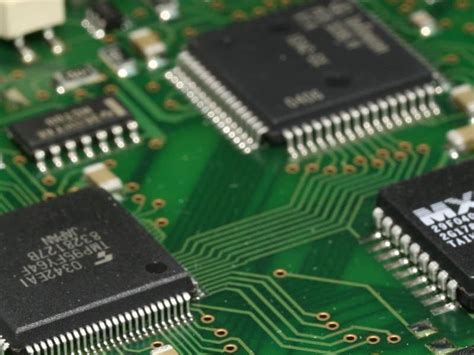
Streamlined Manufacturing Techniques for Lower Costs
Efficient PCB assembly processes rely on balancing precision with cost-conscious methodologies. One proven approach involves adopting standardized component footprints to reduce setup time and tooling expenses during PCBA. Automated pick-and-place systems, when calibrated for high-volume production, minimize manual labor costs while maintaining placement accuracy. Leveraging surface-mount technology (SMT) over through-hole components can further streamline workflows, as SMT allows for faster soldering cycles and reduced material waste.
Designers should collaborate with manufacturers early to implement panelization strategies, optimizing board layouts to maximize substrate utilization. This reduces raw material costs without compromising functionality. Additionally, selecting solder masks and finishes that align with both performance requirements and budget constraints—such as HASL over ENIG for non-critical applications—can yield significant savings.
For prototyping or low-volume runs, consider modular assembly techniques that reuse standardized subcircuits across multiple designs. This approach minimizes retooling costs while accelerating time-to-market. Finally, integrating automated optical inspection (AOI) systems into the PCBA line ensures defects are caught early, preventing costly rework cycles. By prioritizing these strategies, engineers achieve cost predictability without undermining the reliability of the final product.
Reliable Circuit Card Design on Tight Budgets
Achieving dependable PCB assembly within constrained budgets requires strategic planning at every design phase. Start by prioritizing design-for-manufacturing (DFM) principles to minimize rework and material waste. Selecting standardized PCBA components over custom parts reduces procurement costs while maintaining compatibility with automated assembly processes. For instance, opting for surface-mount devices (SMDs) instead of through-hole components can lower labor expenses and improve production scalability.
Leverage simulation tools to validate thermal management and signal integrity early, avoiding costly post-production fixes. Pairing cost-effective FR-4 substrates with optimized trace routing balances electrical performance and material expenses. Additionally, consolidating layers in multilayer boards—where feasible—can reduce fabrication costs without compromising functionality.
Collaboration with PCB assembly partners is critical. Suppliers often provide value engineering insights, such as alternative materials or panelization strategies, to trim costs. Implementing rigorous testing protocols, like automated optical inspection (AOI) during PCBA, ensures defects are caught early, preventing expensive field failures. By integrating these approaches, engineers can deliver robust circuit card designs that meet performance targets while adhering to strict financial constraints.

Performance-Driven PCB Assembly Cost Controls
Effective PCB assembly cost management requires aligning design choices with performance benchmarks while maintaining fiscal discipline. A critical starting point is optimizing component placement to minimize PCBA complexity. By reducing trace lengths and avoiding unnecessary vias, engineers can lower material usage and manufacturing time without compromising signal integrity. For instance, grouping high-speed circuits away from analog components prevents interference, reducing the need for costly shielding solutions.
Leveraging design for manufacturability (DFM) principles ensures compatibility with automated assembly processes, as outlined in this PCB design guide. Standardizing component packages across the board simplifies procurement and cuts PCB assembly expenses by 12-18% in bulk production scenarios. Additionally, implementing thermal management strategies early—such as strategic copper pours or heat sink integration—avoids post-production modifications that inflate costs.
Performance validation through prototype testing phases identifies over-engineering risks, allowing teams to downgrade non-critical components (e.g., replacing military-grade ICs with commercial equivalents) while maintaining functional reliability. This approach balances electrical performance targets with budget realities, ensuring PCBA projects meet both technical specifications and financial constraints.
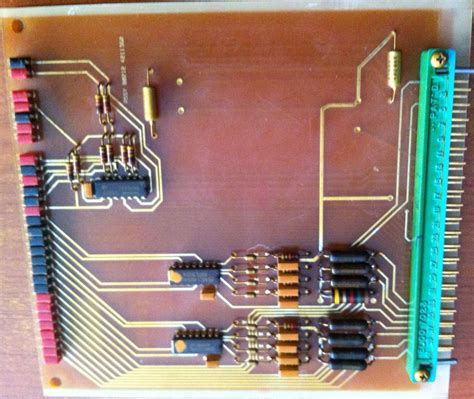
Smart Component Choices for Affordable PCBs
Selecting components strategically forms the backbone of cost-effective PCB assembly without sacrificing functionality. Start by prioritizing standardized parts over specialized alternatives, as they often offer better availability and lower per-unit pricing. For instance, opting for general-purpose resistors, capacitors, or microcontrollers instead of niche equivalents can reduce PCBA costs by up to 30%. Additionally, evaluate component footprints early in the design phase: surface-mount devices (SMDs) typically enable faster, more automated assembly compared to through-hole components, lowering labor expenses.
When sourcing parts, leverage suppliers’ cross-reference tools to identify functionally equivalent alternatives with better pricing or lead times. For example, substituting a high-cost connector with a widely used, industry-standard model can maintain performance while trimming material budgets. However, avoid compromising on critical specifications like temperature tolerance or voltage ratings—these directly impact long-term reliability.
Another key strategy involves balancing component lifecycle stages. Avoid obsolete or near-end-of-life parts that may trigger redesigns or shortages, which inflate project timelines and costs. Instead, focus on components with stable availability, even if they carry a marginally higher upfront price. Finally, grouping similar components (e.g., uniform capacitor values) simplifies PCB assembly processes, reducing setup changes during PCBA and minimizing errors. By aligning part choices with both technical requirements and supply chain realities, designers achieve durable electronics without exceeding budget limits.
Conclusion
Achieving the ideal balance between cost and performance in PCB assembly requires a methodical approach that integrates technical expertise with financial awareness. By prioritizing strategic material selection and intelligent layout optimization, engineers can minimize waste while maintaining signal integrity and thermal management. Leveraging PCBA best practices—such as standardized component footprints and panelization techniques—helps reduce manufacturing complexities, directly lowering production expenses without sacrificing quality.
The interplay between design validation and supplier collaboration further ensures that budget constraints don’t compromise reliability. For instance, opting for cost-effective yet durable substrates or modular PCB assembly processes can yield long-term savings. Additionally, adopting automated testing protocols early in the PCBA lifecycle prevents costly rework, aligning with both performance goals and financial limits.
Ultimately, success hinges on viewing cost control not as a limitation but as a catalyst for innovation. By embedding efficiency into every design phase—from schematic drafting to final PCB assembly—teams can deliver robust electronics that meet technical specifications while staying within budgetary boundaries.
FAQs
How can I reduce PCB assembly costs without compromising performance?
Focus on design-for-manufacturing (DFM) principles: simplify component placement, standardize part sizes, and minimize complex routing. Optimizing panelization layouts during PCBA planning can also lower material waste and machining time.
What material choices impact both budget and reliability?
Selecting FR-4 substrates over high-frequency laminates for non-critical applications cuts costs while maintaining durability. For high-power designs, prioritize thermal management with cost-effective copper weights rather than premium alloys.
Does layout optimization truly affect PCB assembly efficiency?
Yes. Grouping components by function reduces trace lengths, improving signal integrity and lowering production errors. Automated optical inspection (AOI) compatibility in layouts further streamlines PCBA quality checks.
How do prototyping phases influence final PCB assembly costs?
Iterative testing with low-volume batches identifies design flaws early, preventing expensive revisions later. Use simulation tools to validate thermal and electrical performance before full-scale production.
Can component sourcing strategies balance quality and affordability?
Combine commercial-grade parts for non-critical circuits with certified components for high-stress areas. Leverage supplier partnerships for bulk discounts on PCBA-specific items like connectors or ICs.
What are common pitfalls in budget-driven PCB assembly projects?
Overlooking solder mask quality or skipping conformal coating to save costs often leads to field failures. Always align manufacturing tolerances with application requirements to avoid over-engineering.
Ready to Optimize Your Next Project?
For tailored solutions in cost-effective PCB assembly, please click here to explore advanced PCBA services that align with your performance and budgetary goals.

